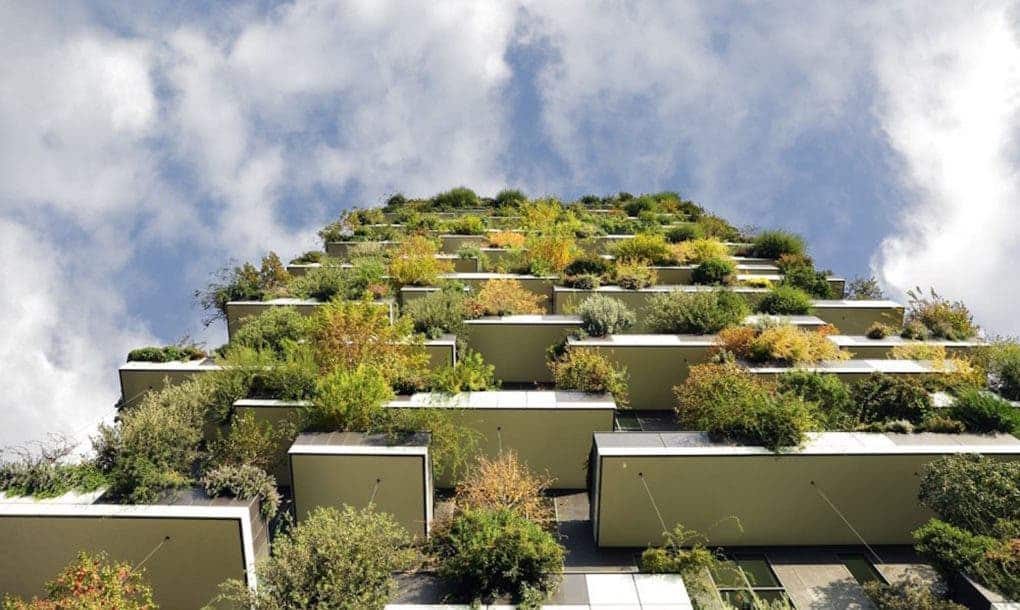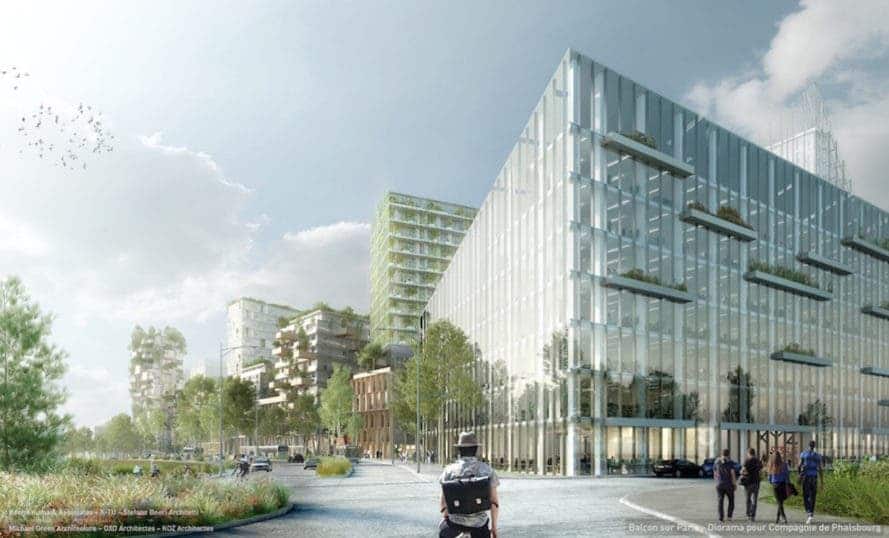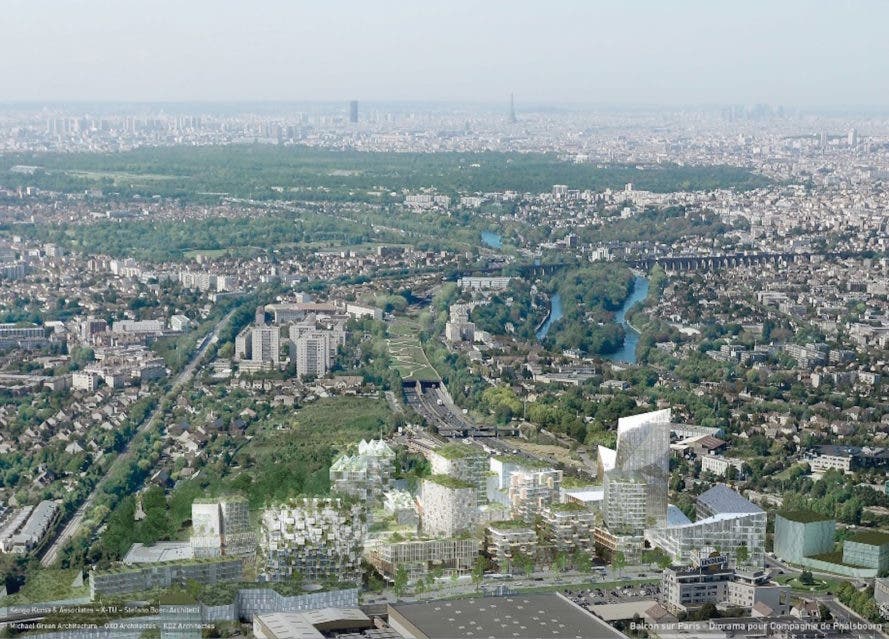Stefano Boeri Architetti, an architecture studio famous for designing so-called ‘vertical forests’ around the world, will bring the concept to Paris. The firm won the Marne Europe — Villiers sur Marne competition with a project called Forêt Blanche and Balcon sur Paris.
The very first French vertical forest will involve an eclectic mix of buildings, among them a 54-meter-tall tower mainly built of timber.
“Vertical Forest is a model for a sustainable residential building, a project for metropolitan reforestation contributing to the regeneration of the environment and urban biodiversity without the implication of expanding the city upon the territory,” a section on the Stefano Boeri Architetti explains.
All in all, two thousand trees, shrubs, and other plants will cover the wooden facade of the various residential, commercial, and office buildings. That’s a surface area equivalent to a hectare of forest. So, not only will Parisians enjoy a majestic view, they’ll also breathe cleaner air.
A breath of fresh air in the Paris skyline
Besides the tall forest tower designed by Boeri, the project will feature the works of Kengo Kuma & Associates (Sora, Le Palais des Congrès), Oxo Architectes (Le Potager De Villiers, Business Home), KOZ Architectes (2 buildings, Archipel), Michael Green Architecture (Peuplier Blanc, Prairie Blanche) and X-Tu (La Ressourcerie, Green Jenga).

The first vertical forest was completed in the center of Milan in 2014, on the edge of the Isola neighborhood. The Bosco Verticale towers add some 2.5 acres of lush vegetation (over 100 species) to the skyline of Milan, a city which has long battled significant pollution. Its sun exposed facade is covered in no fewer than 800 trees (each measuring 3, 6 or 9 meters), 4,500 shrubs and 15,000 plants from a wide range of shrubs and floral plants.
Besides Paris, Stefano Boeri is raising vertical forests in Utrecht (Netherlands) and Nanjing (China). The Chinese site will actually be a ‘forest city’ comprised of 100 to 200 forest towers.
“We have been asked to design an entire city where you don’t only have one tall building but you have 100 or 200 buildings of different sizes, all with trees and plants on the facades,” Boeri told the Guardian. “We are working very seriously on designing all the different buildings. I think they will start to build at the end of this year. By 2020 we could imagine having the first forest city in China.”







